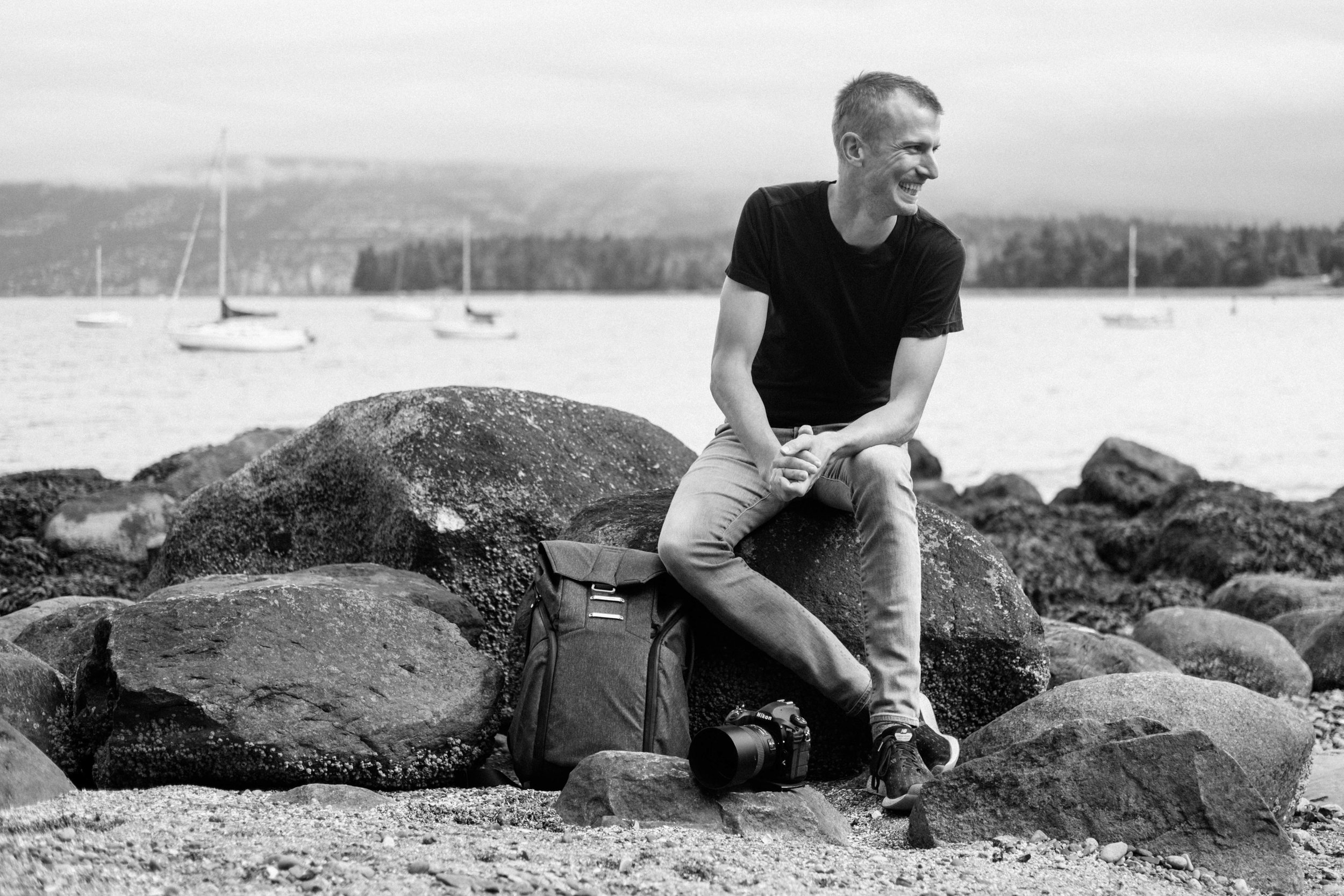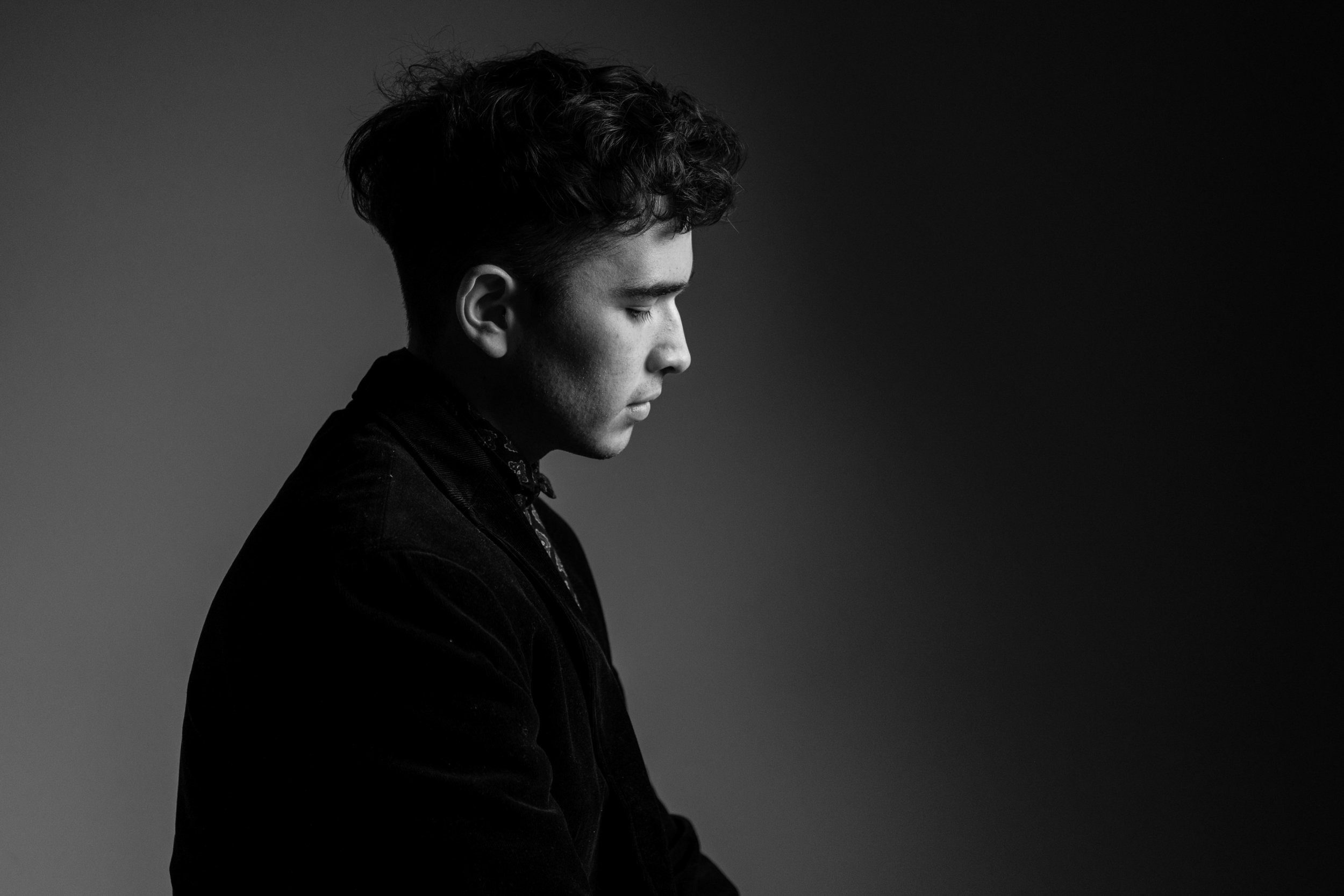5 ways to improve your portrait photography
Whether using your phone or a camera, the principals and rules for improving your portrait photography are similar.
Remove background distractions
For a studio portrait, generally the background is plain and our eyes immediately are drawing to the face itself. But when on location, keep things simple. While the location itself may tell the story of the person you’re photographing, less is more. The subtle colours and textures of the background add to the story and are not the main focus. Make sure nothing is obviously sticking out from behind your subject’s head.
The face of the portrait should be most prominent
Everything surrounding your subject’s face should be darker so that when the viewer looks at your portrait, their eyes immediately pull to the face.
Find walls or surfaces that are darker than your subject. Doorways and windows with your subject facing outwards towards the sun make for great portraits too. If you’re on a trail, look for natural archways in the trees.
Ensure there’s a sparkle in your subject’s eye
The sun is what gives us life, even if you’re creating the sun with studio lights. Something as little as that little sparkle in our eyes gives our portraits life. Next time you watch a movie, pay attention to the hero and villain characters. Often the heroes will have a twinkle in their eye. Villains will often have dark eyes.
Use natural reflectors
When out on location, pick spots with natural reflectors. Some obvious ones are white or light walls so we can light our subject’s face. Concrete textures are great for this. If you’re somewhere with snow, this is a very nice natural reflector - however can sometimes be too much so you may need to block some of the light using a black card. Other things like light sand and gravel are great natural reflectors as well. Next time you’re out shooting, pay attention to the ground below your subject. What colour is it? Is it light or dark? Could your portrait be improved simply by moving your subject?
Another great natural reflector is buildings around us. Do you ever walk around downtown and all of a sudden notice a bright spark hit your eyes? Windows in buildings act kind of like giant mirrors, bouncing light down at us. These can be great natural reflectors as well.
Portrait shot at the beach. Sand is a great natural reflector.
Engage with your sitter
If anything, I personally feel this is one that is most important. Even if you have all the settings on your camera dialed in and the light is just perfect, if there is no connection to your subject, the impact is lost. Talking to your subject is so important. Find a way to connect with them, even if it’s just asking them what they did on the weekend. I like having a conversation with the person I’m photographing to break the ice and get them feeling comfortable for the camera. Not everyone is a professional model and being in front of the camera can be a daunting place.
Side note, I’m an introvert. I find it very challenging to break out of my mould and chat with new people. It’s taken me many years of practice, getting out to talk to people, practicing what I’m going to ask people.
If it helps, write out 5 questions you can turn to and keep them handy on your phone to glance at if needed.
Ok this is a tiny sitter. A little behind the scenes at a family session a number of years ago. No matter how young or old your sitters are, engaging with them helps create comfort when photographing.
Break the rules
Ok so this is the 6th rule and often we’re told once we know all the rules, we can break them. A great portrait doesn’t mean a person sitting perfectly straight looking at the camera every single time. And while a lot of great portraits were inspired by famous paintings and appear that way, we change with the times. Get out and experiment. Get close, move farther, take a selfie, slow down the shutter. Try different things that best tell the story for the person you’re photographing.
One of my favourite portraits is of people looking to the side or not at camera. I love this profile and how crisp the lines are.
Shooting self-portraits has really helped me understand what it feels like to be in front of the camera and how to help my sitters feel comfortable. It’s also allowed me to play and forget about the rules. I fixate so much on rules, and technical aspects of photography that I forget to play, be fluid, and have fun. Because if you’re not having fun, then what’s the point of it all?






